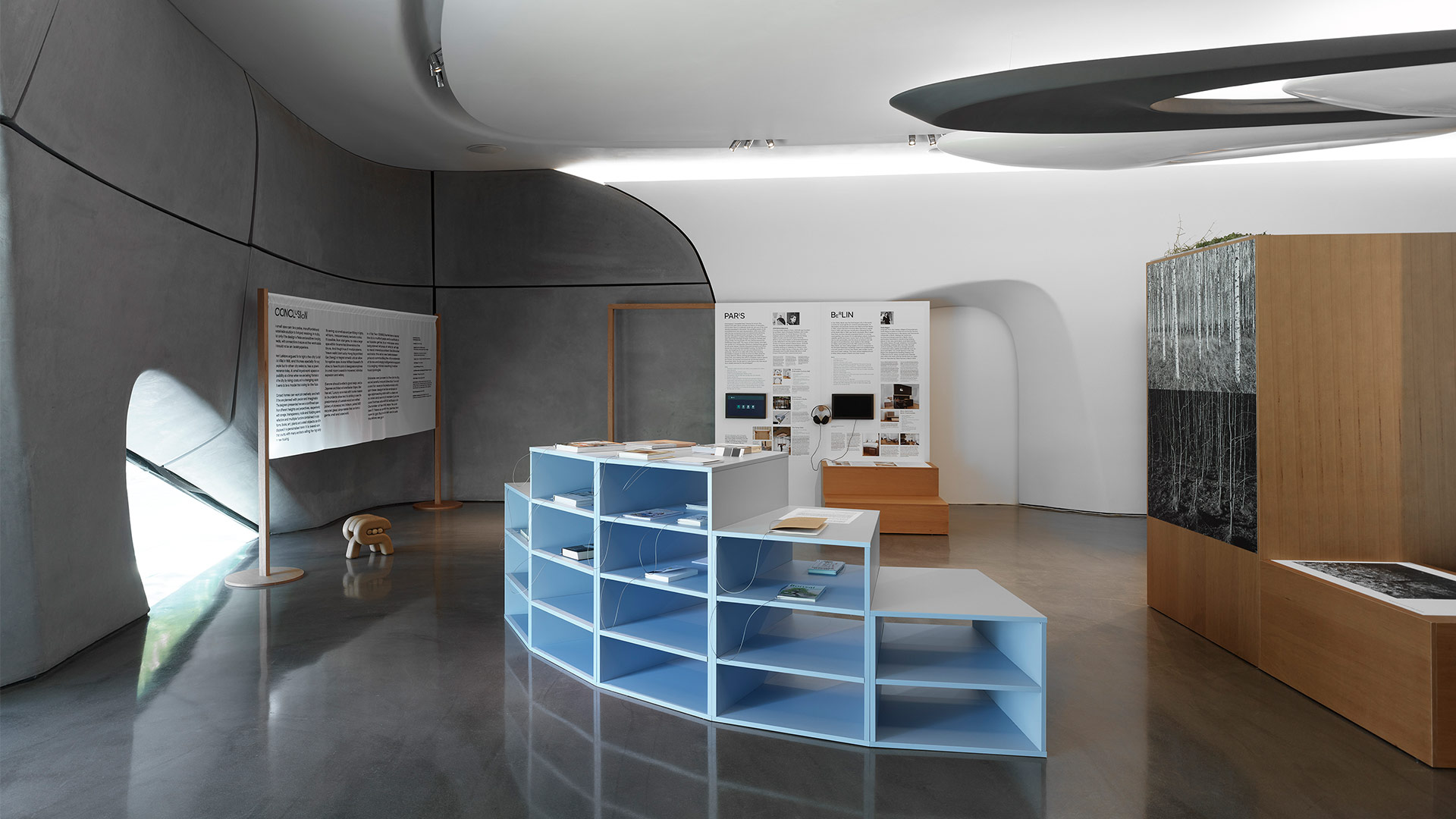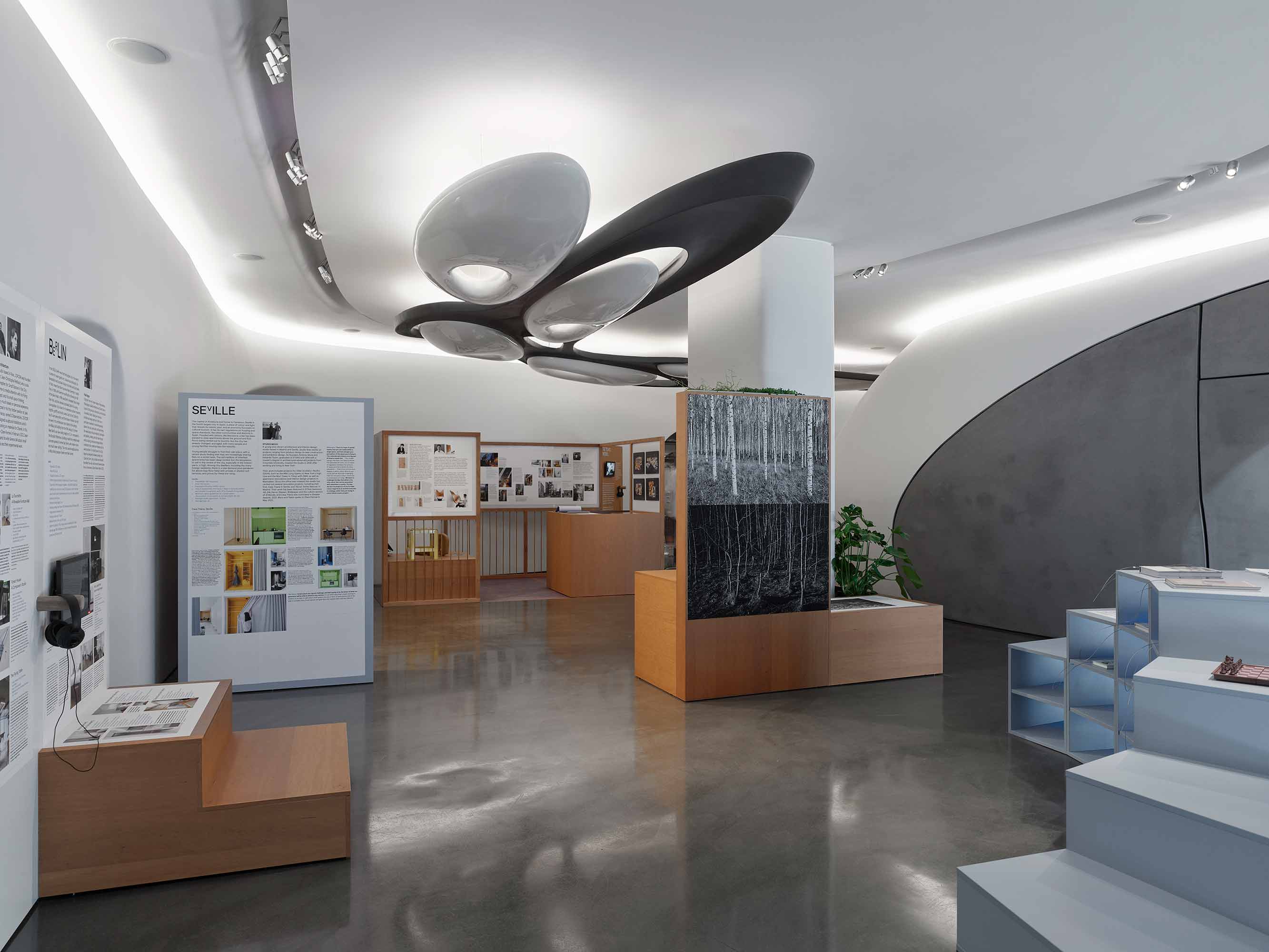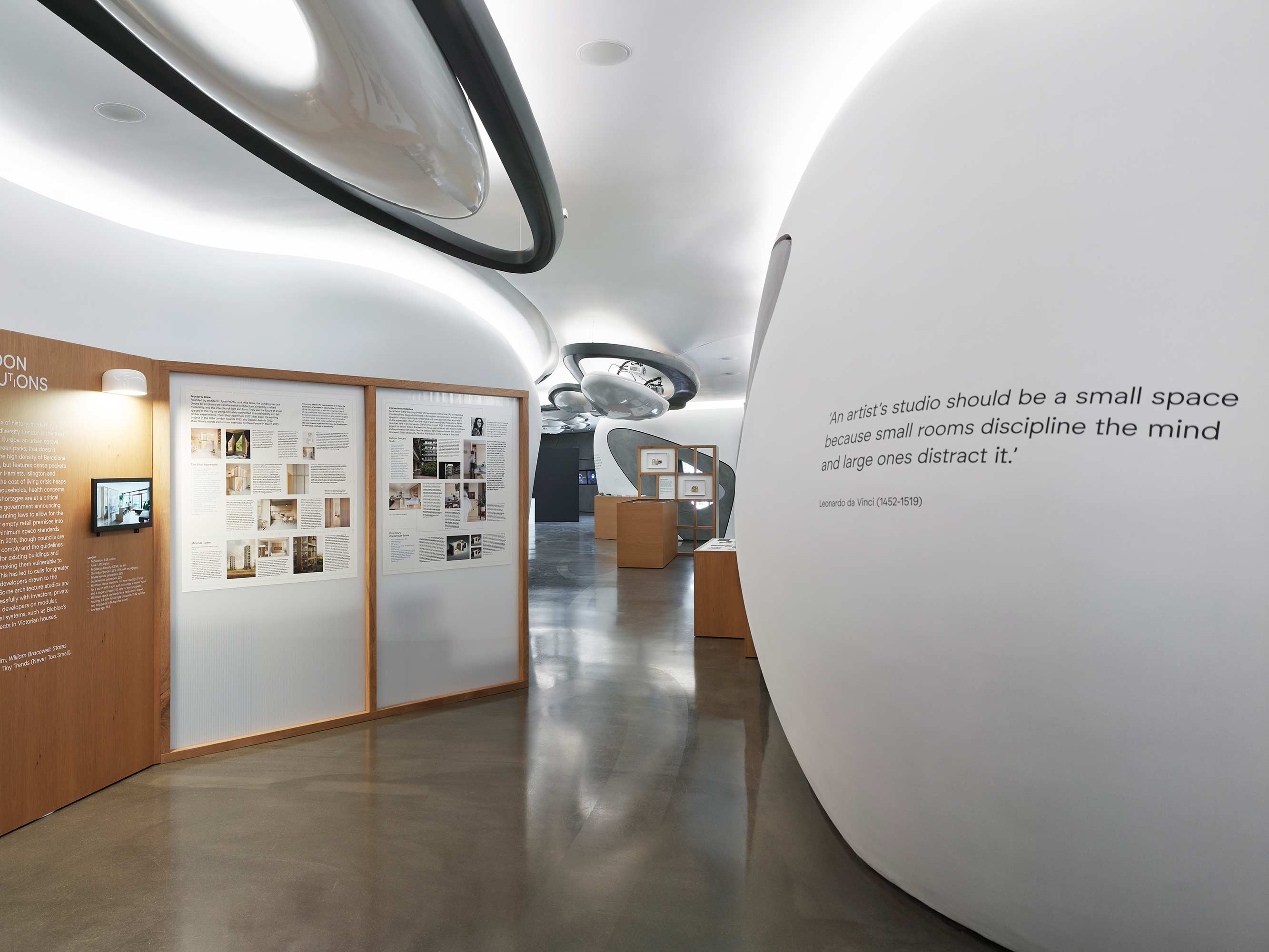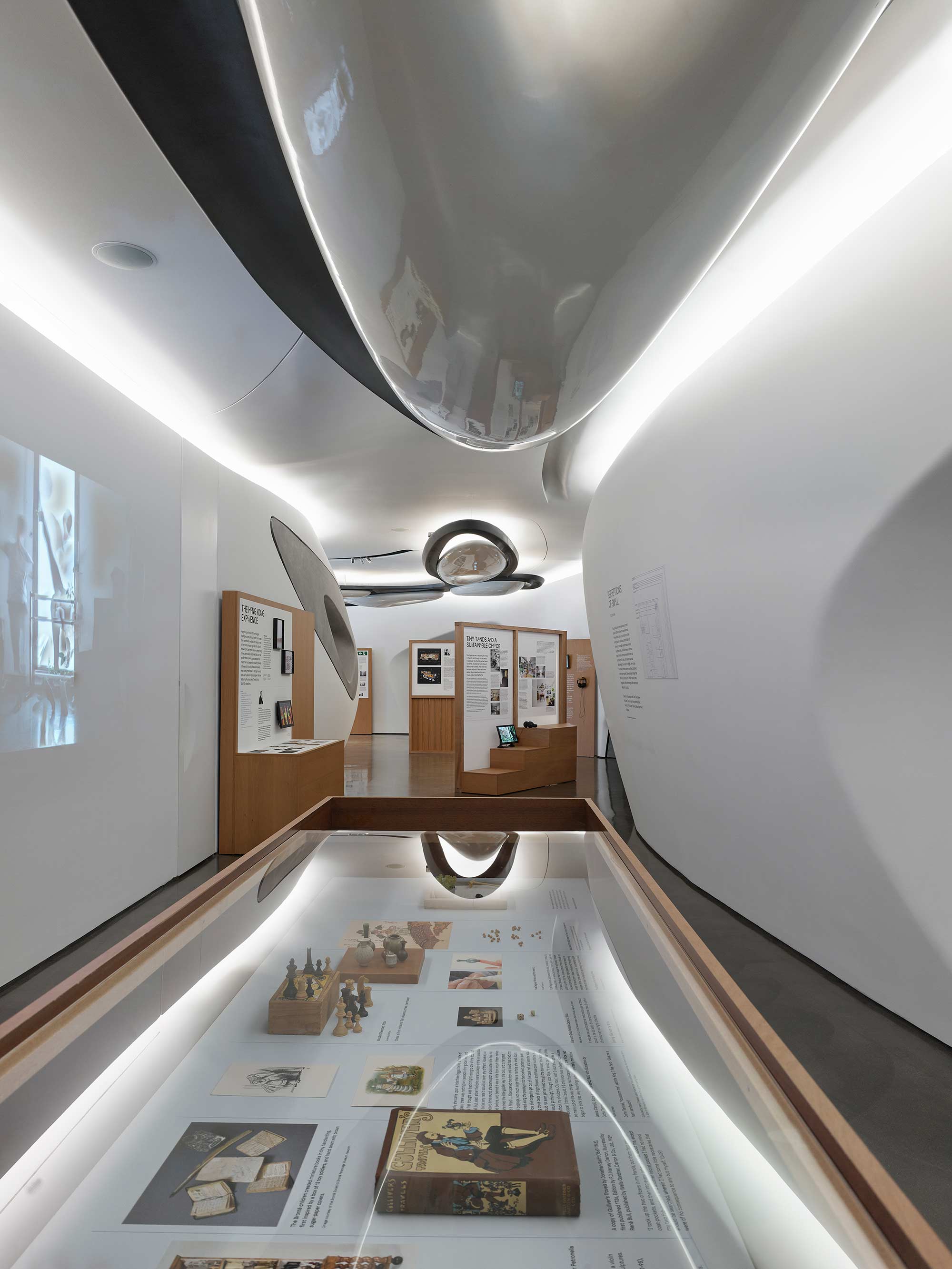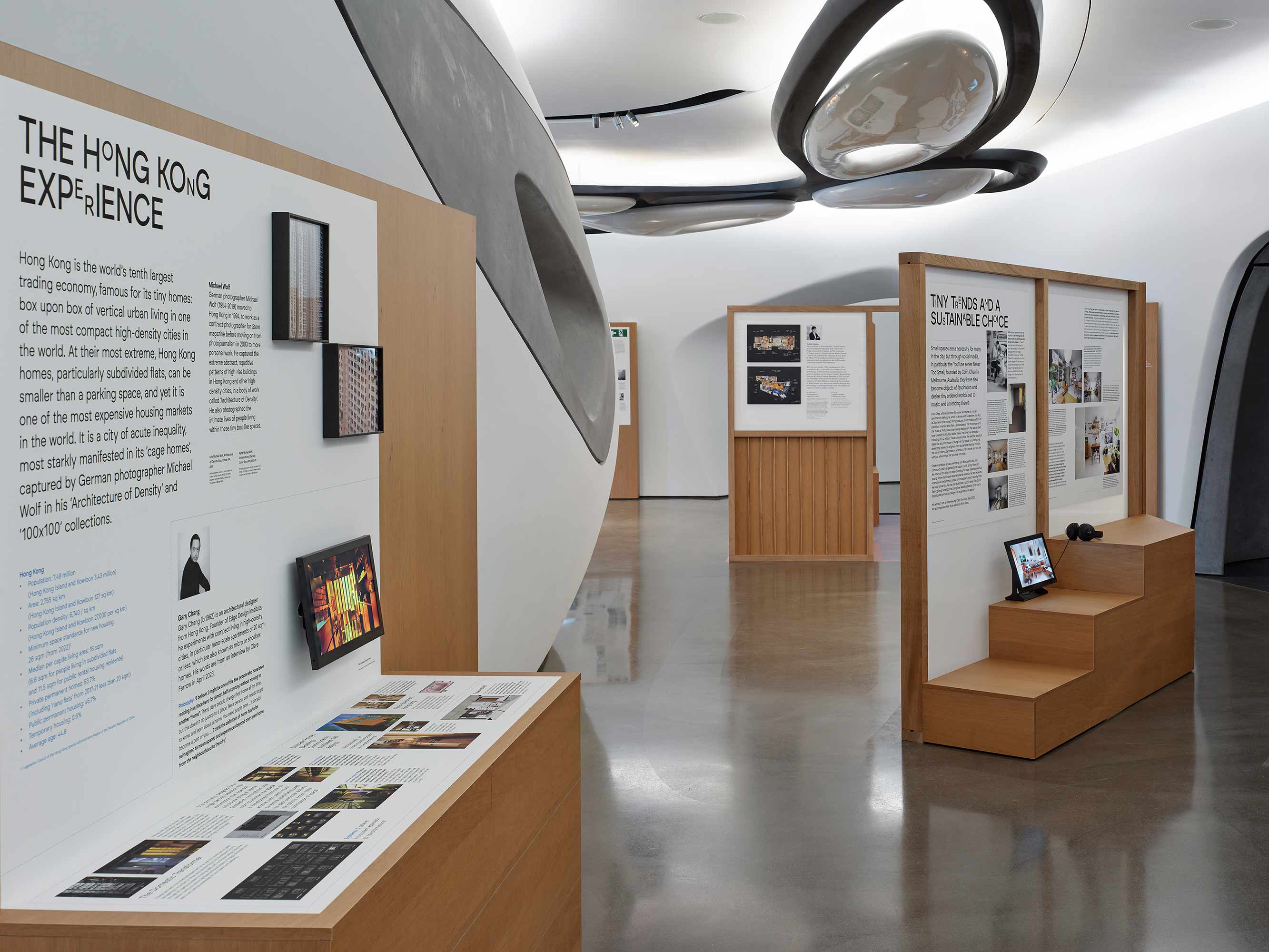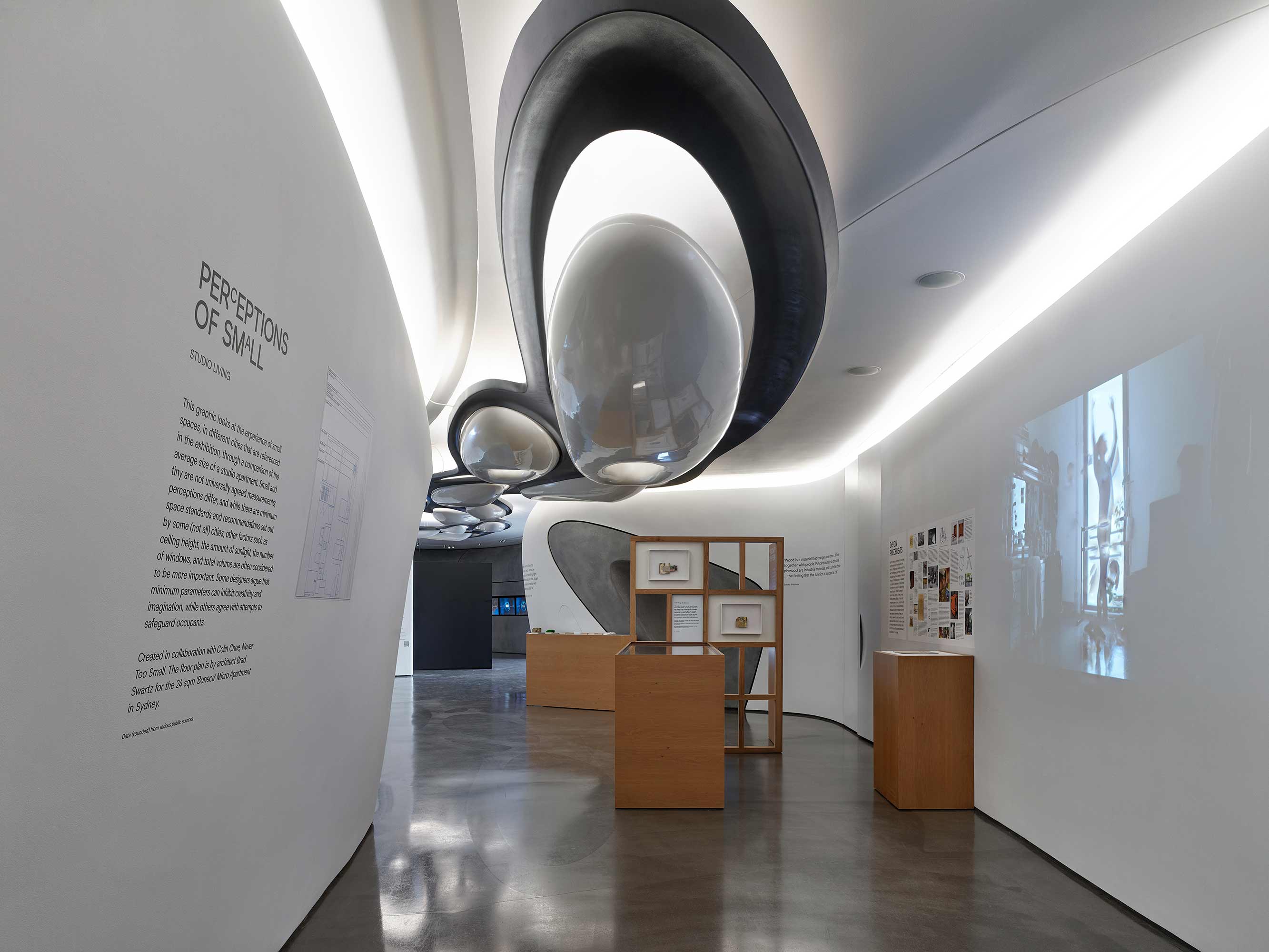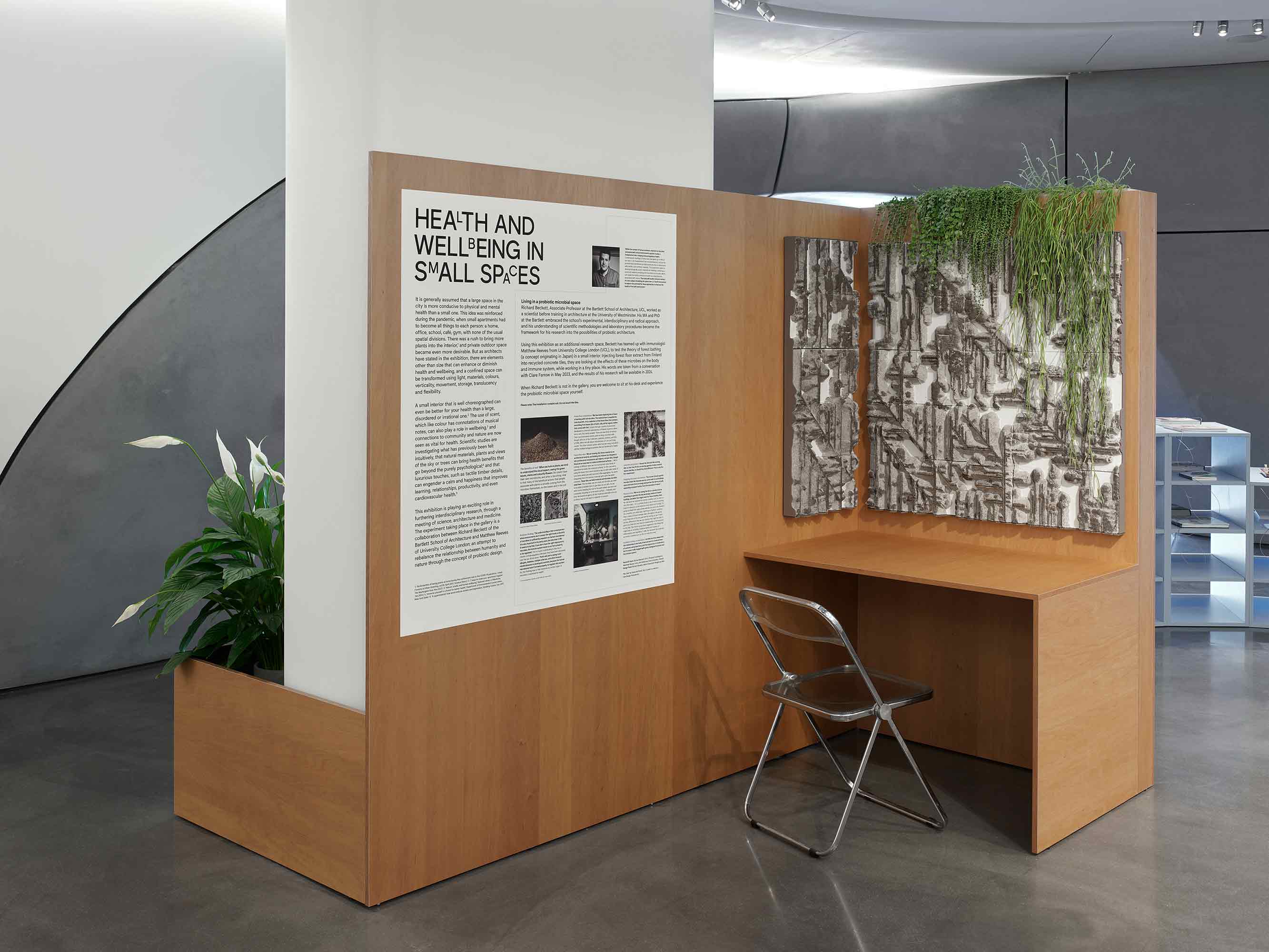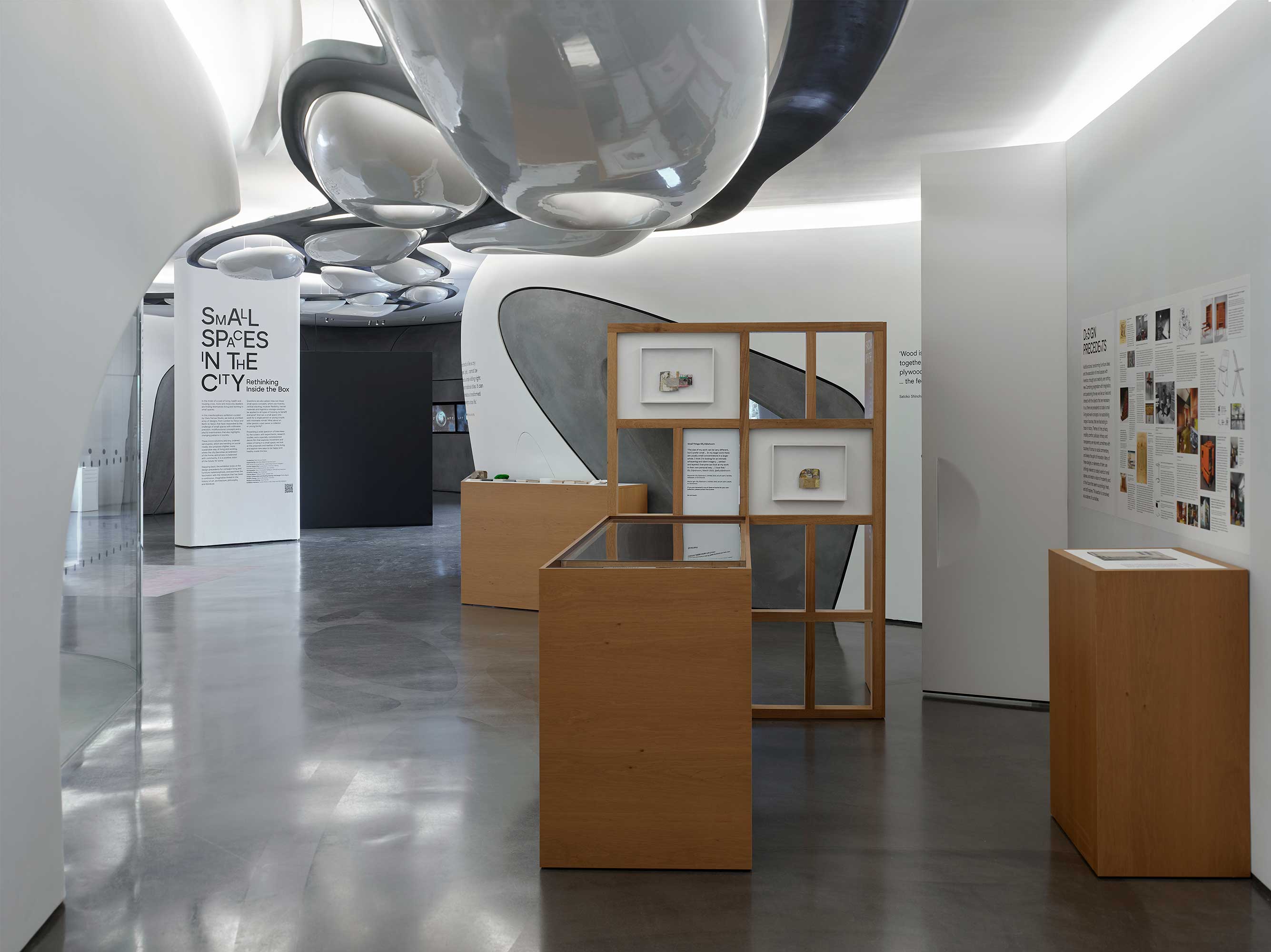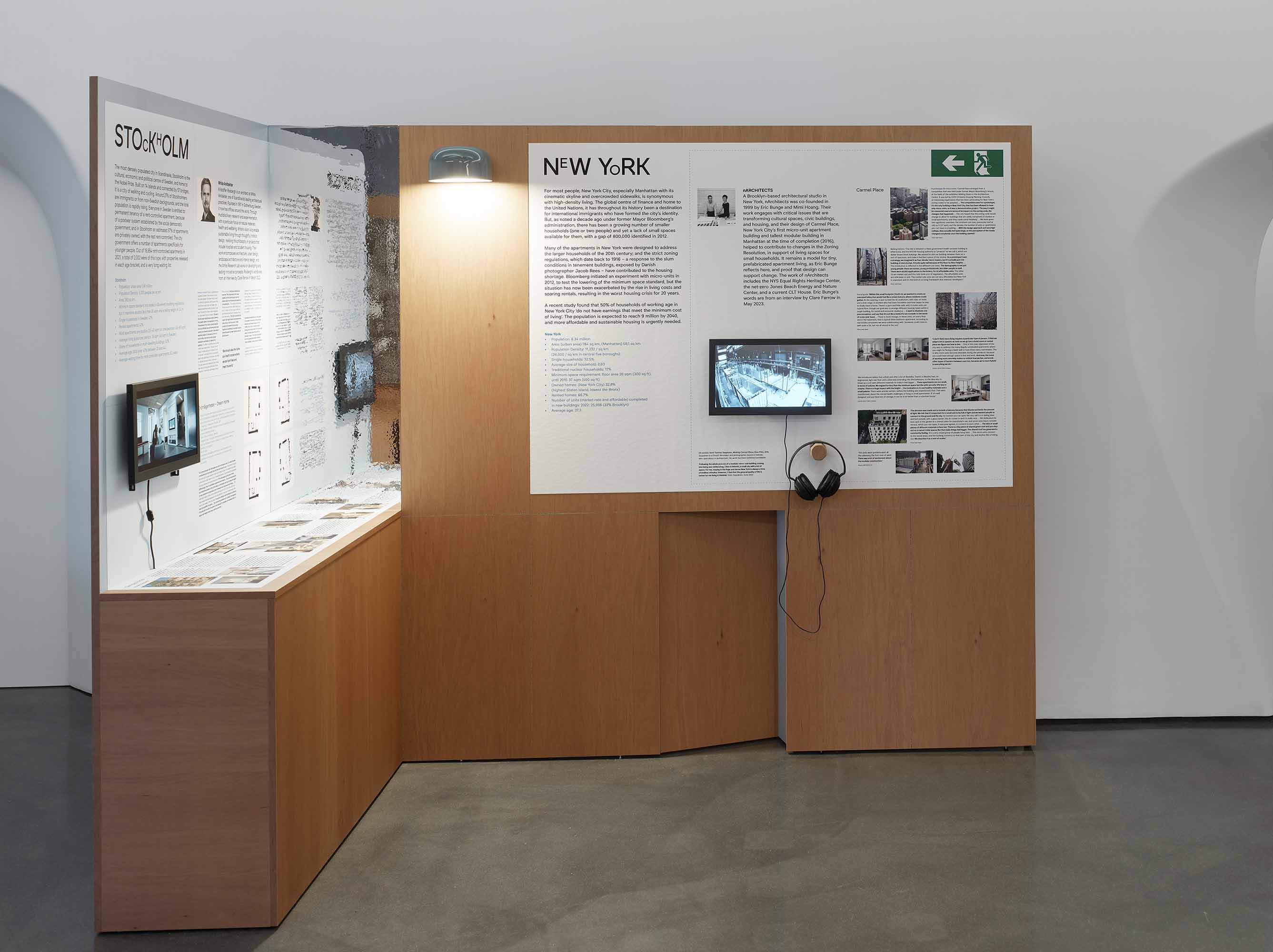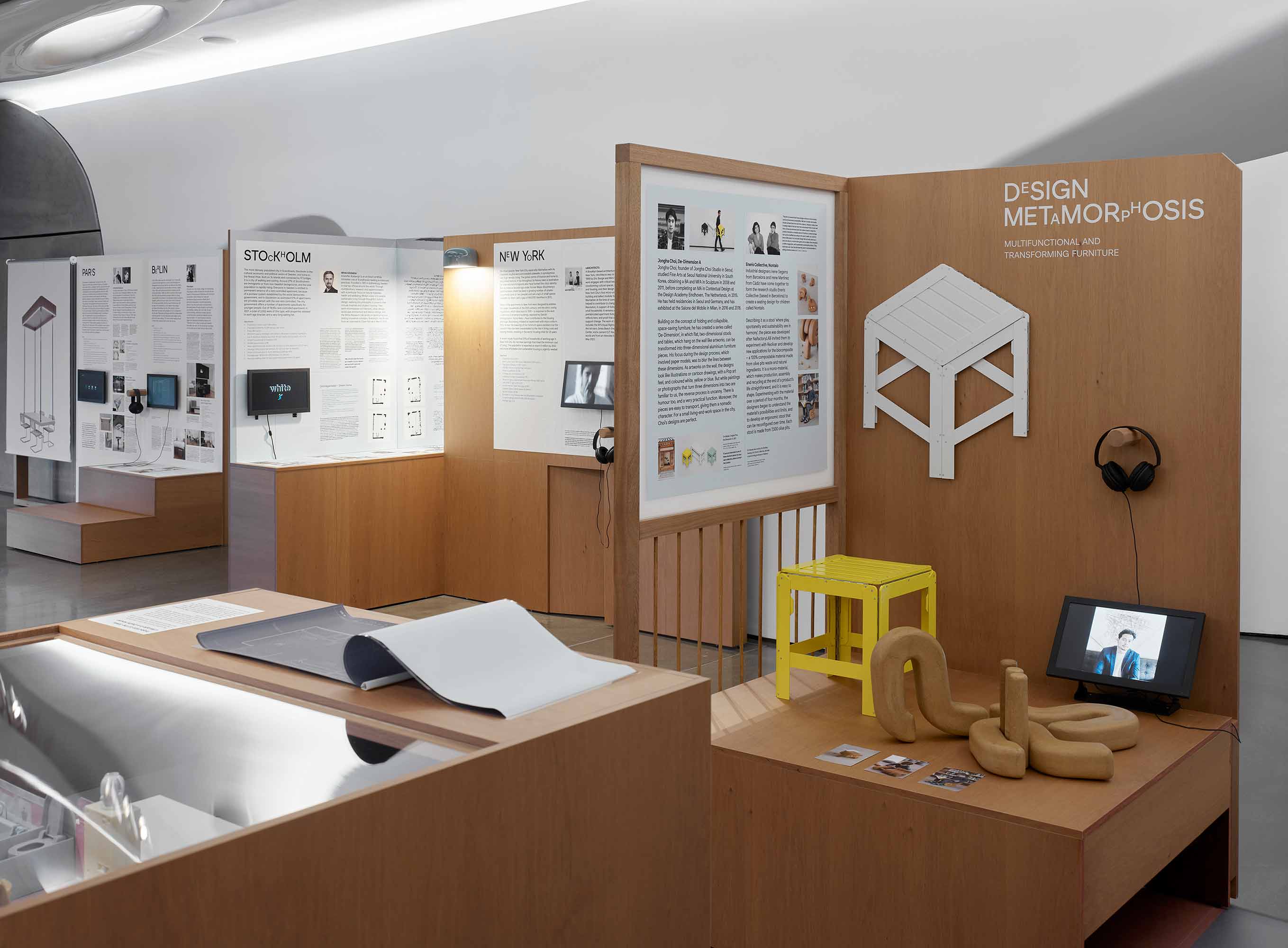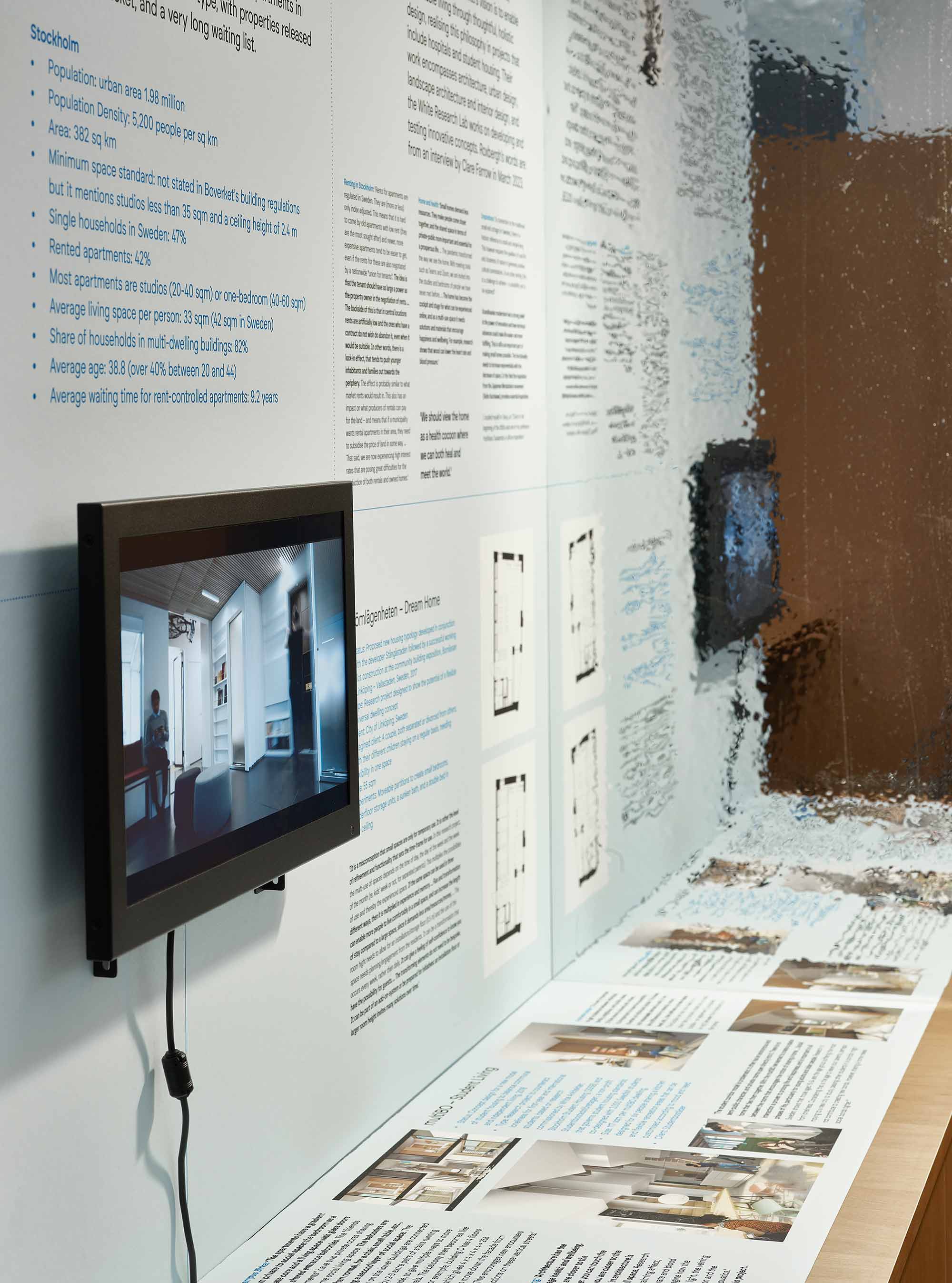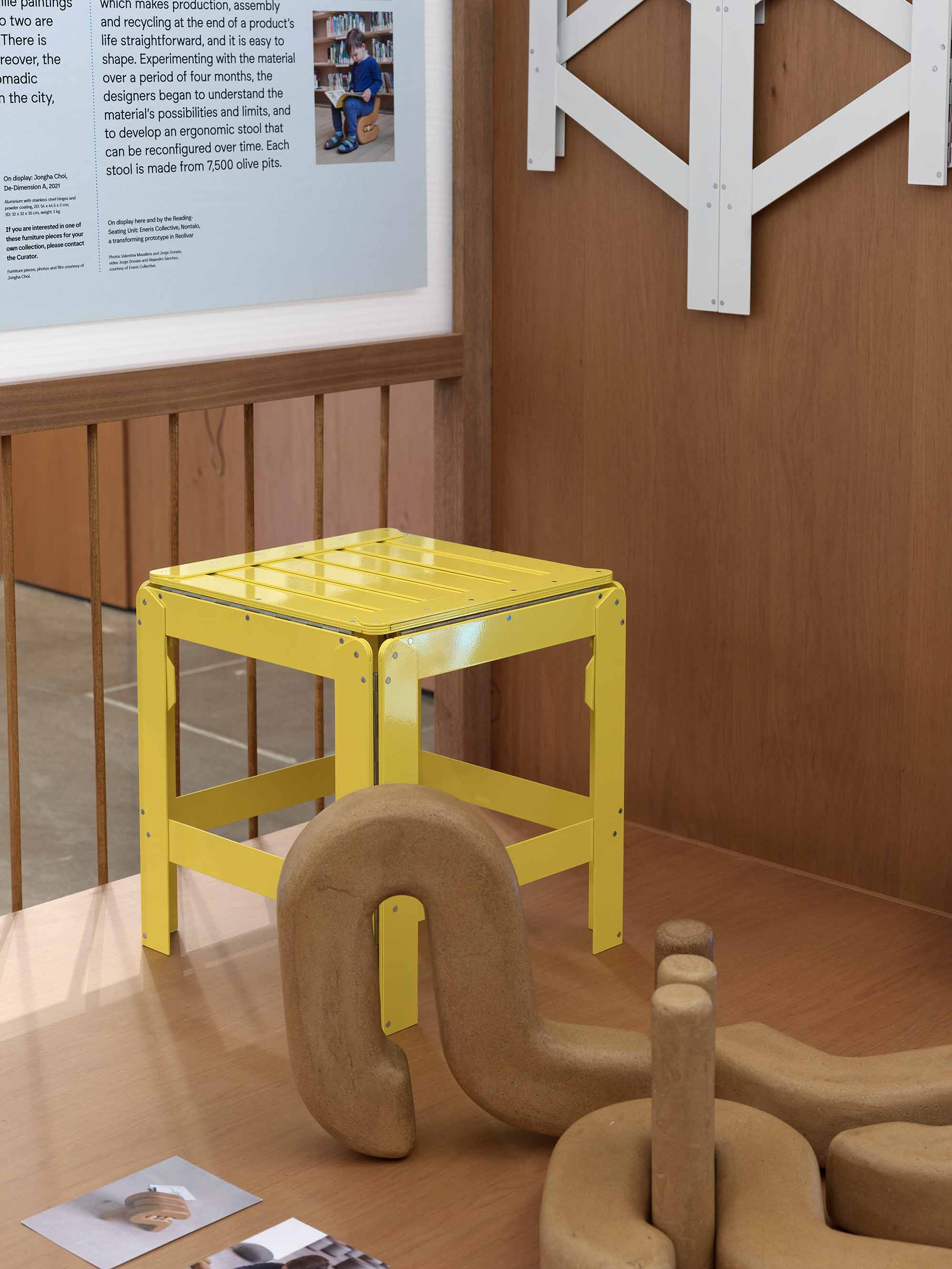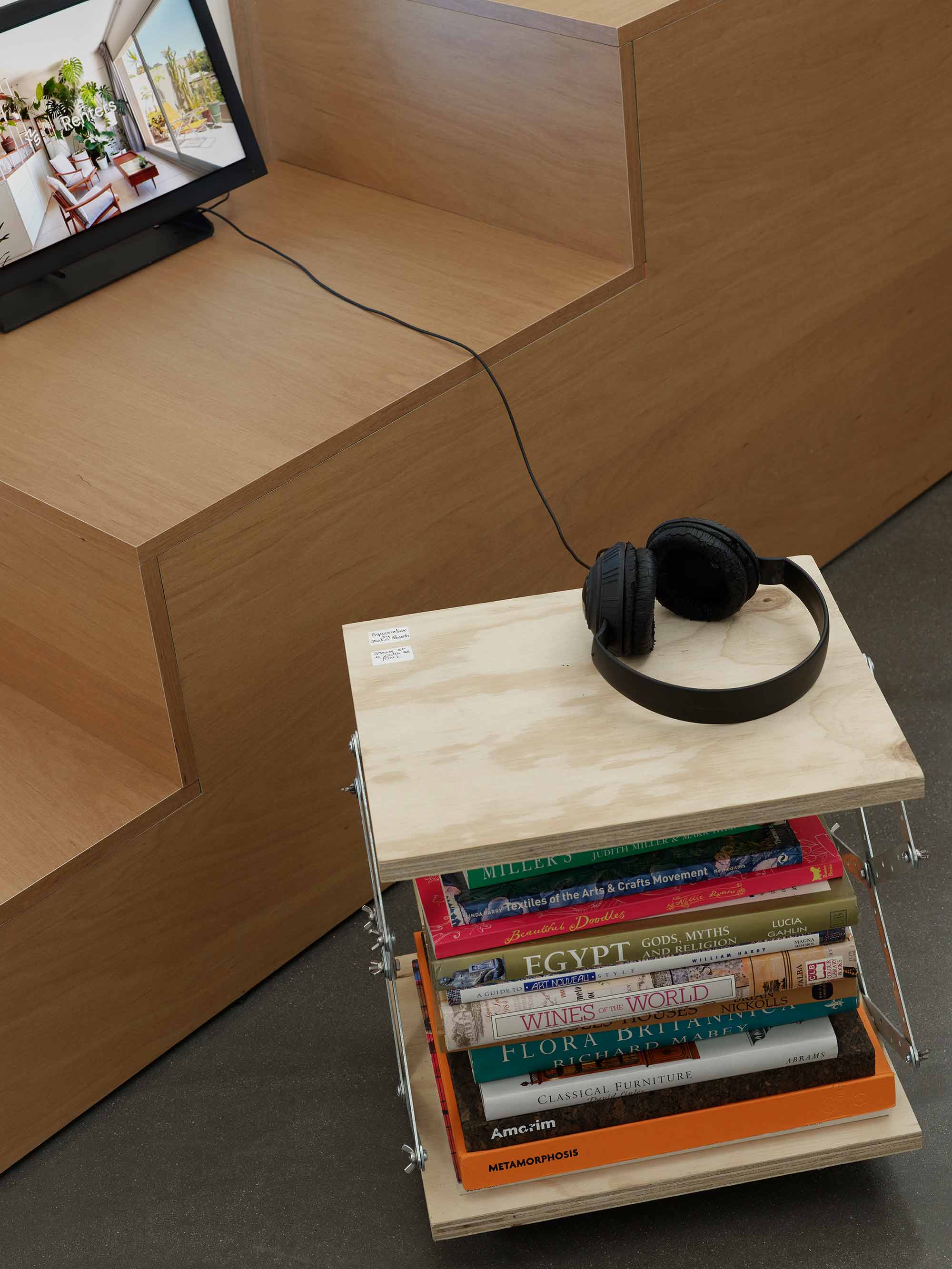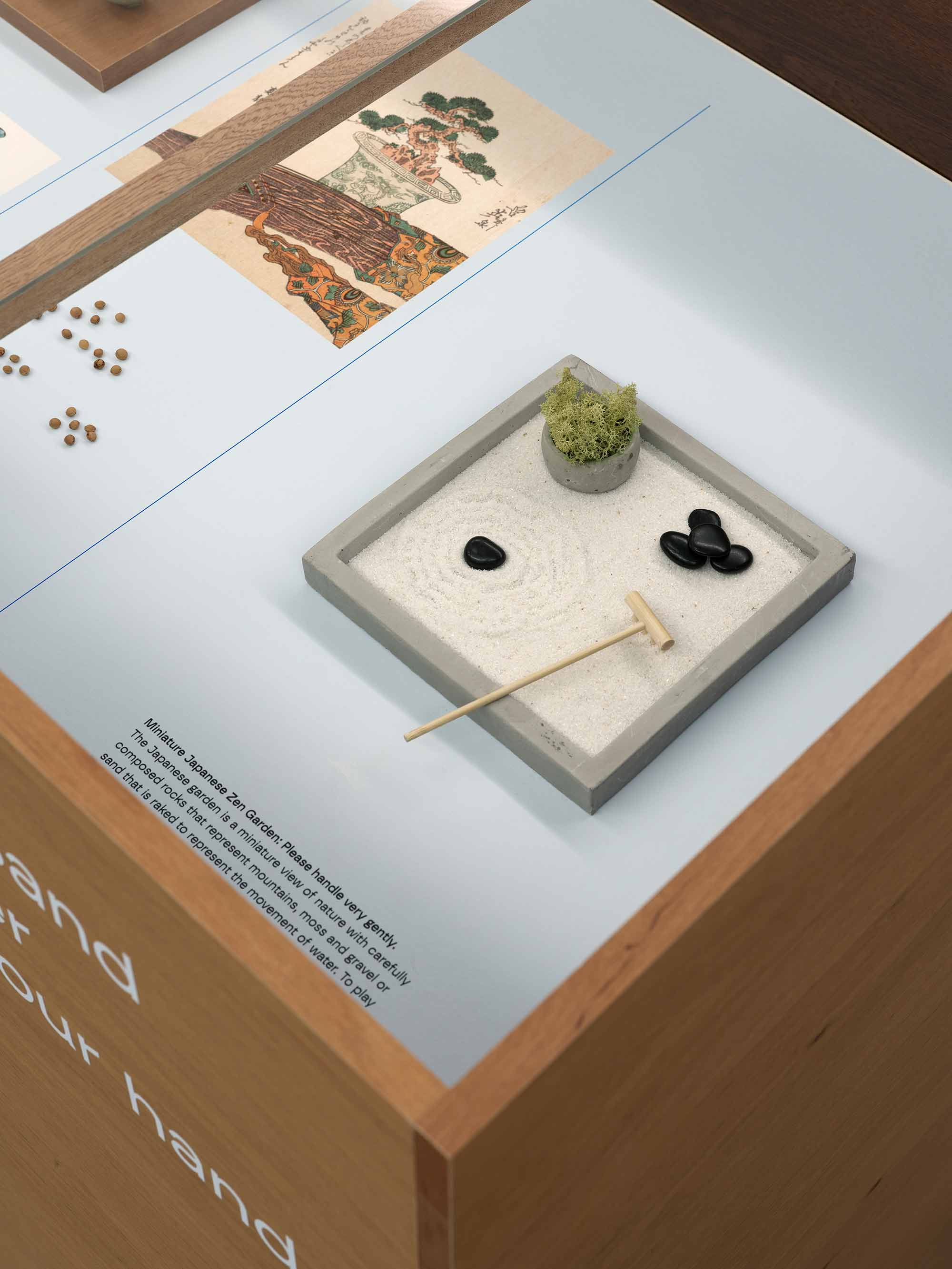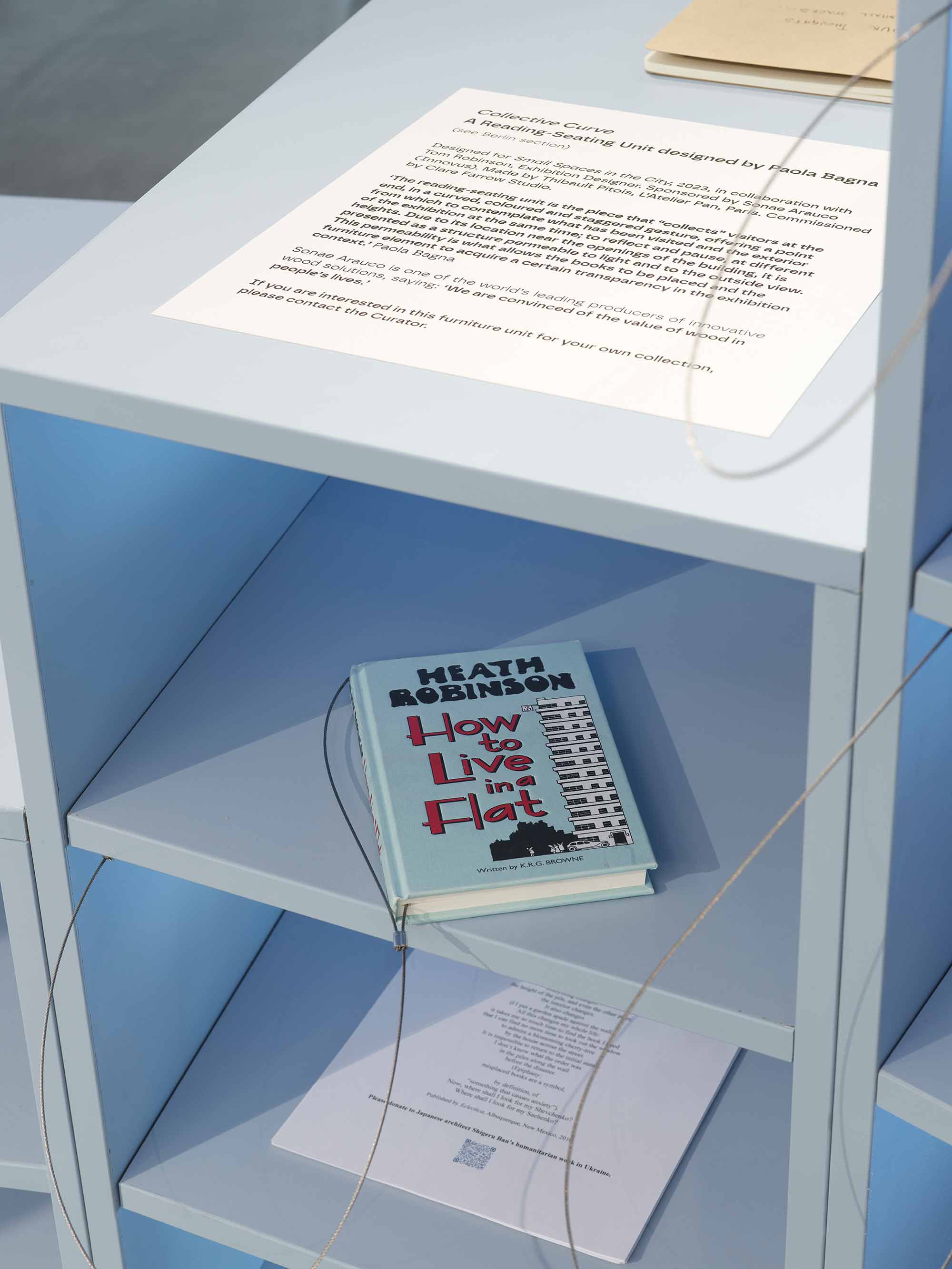Whilst there is much said about the negative impacts of micro-living – from issues around loneliness and isolation to health and wellbeing – households continue to shrink. In response, architects and designers are rethinking small spaces, developing innovative solutions that are flexible, healthy, modular, mobile and playful. Clare Farrow Studio brings a brilliant array of these designs to Roca London Gallery this autumn, with models, illustrations and film that show how designers from London to Tokyo have responded to the challenge of small spaces. The exhibition also asks how these small space concepts can be applied across housing typologies; as well as whether a small space can only work for a single person or a young couple, with minimalist minds.
Presenting new interviews, research, experiments, and a specially commissioned film that explores movement, health and wellbeing in a small space with Royal Ballet Principal, William Bracewell, other participants include Proctor & Shaw, Intervention Architecture, Satoko Shinohara, Takeshi Hosaka, the Kuma Lab, Gary Chang, JCPCDR architecture, Paola Bagna, White Arkitekter, nArchitects, Studio Noju and Colin Chee of YouTube’s Never Too Small.
Perhaps the most intriguing exhibit will feature a human experiment – Associate Professor at The Bartlett School of Architecture, Richard Beckett, will occupy a small booth in the centre of the gallery for a number of days, to measure the impact of his ongoing research into probiotic design: the relationship between humans and microbes in the built environment. Working with an immunologist at UCL on the Japanese wellbeing concept of shinrin-yoku, or ‘forest bathing’ (Miyazaki, 2018) – which acknowledges the positive impacts on the body and mind of immersion in nature – Beckett is experimenting with bringing the forest into the home by injecting interior tiling with forest floor microbes. The booth at Roca will be lined with these tiles, exposing Beckett to the microbes that could only otherwise be accessed deep in nature.
Beckett says “Exposure to microbes associated with natural environments plays a fundamental role in shaping immunoregulatory health. We’re trying to develop biologically active materials for buildings, using a novel soil material rich in microbial communities that can ‘rewild’ the indoor environment – bringing microbial diversity associated with nature.” Next, visitors will encounter a specially commissioned film featuring ballet dancer William Bracewell. No stranger to making do with very little space, Bracewell worked with Intervention Architecture to create an ingenious flexible solution for his own Barbican Estate studio flat, including a ceiling-height library unit with a fold-out double bed that converts to dining and storage areas. For Candida Richardson’s short film, Bracewell is shown preparing for a performance and then responding directly through his choreography to his compact 22 sqm dressing room in the Royal Opera House, showing both the limitations, as well as what can be experienced and achieved in a small space.
A leading example of the successful manipulation of small space, Hong Kong-based Gary Chang’s own 32 sqm apartment is now legendary. Through 40 years of occupying the space, he has relentlessly re-configured it. The Domestic Transformer, as he calls his home, currently boasts 24 different rooms, which emerge and collapse through an ingenious system of sliding walls. Chang discusses his philosophy, which is both playful and reflects a very serious awareness of time, space, and wellbeing, in a special interview for the Small Spaces exhibition.
A series of designs by the University of Tokyo students, led by Japanese architectural designer Toshiki Hirano, take the folding Rika-chan doll’s house as a model for small space thinking, while a section on ingenious furniture solutions includes: the De-dimension collection, by South Korean designer Jongha Choi – collapsible furniture that can be folded flat to hang in a space as artwork; an animation of Robert van Embricqs’ biomorphic Flow Wall Desk, which opens out from the wall; and Nendo studio’s celebrated 7 Doors project, which re-imagines every possible configuration for a simple wooden door.
The exhibition also looks at the issues of isolation that solo living can bring. Architect Satoko Shinohara’s (Kengo Kuma’s wife) research into this area resulted in her celebrated Share Yaraicho, the first new-build, shared house in Japan when it was completed in 2012.
Exhibition curator Clare Farrow says, ‘'High-density cities continue to expand and people look for more and more imaginative and sustainable ways to live and remain in the heart of the action, it is exciting to explore the incredible range of ideas that are rethinking the urban box. The future of compact living looks positive, if it is approached with: the right balance between privacy and community; the use of natural materials and multifunctional concepts; and an emphasis on health and wellbeing – right across the board."
Read more +
Read less -







 Sign in with email
Sign in with email


